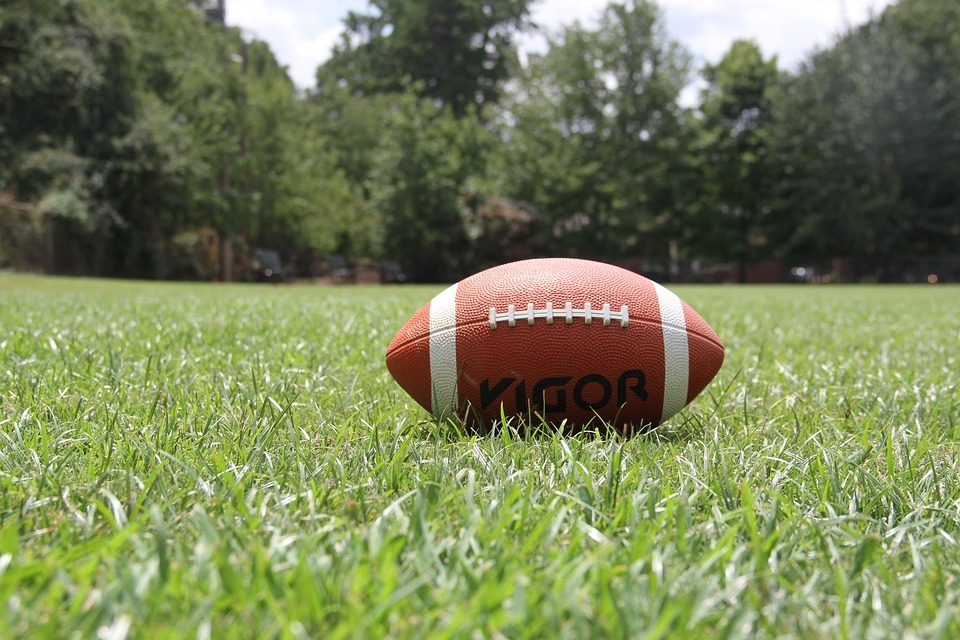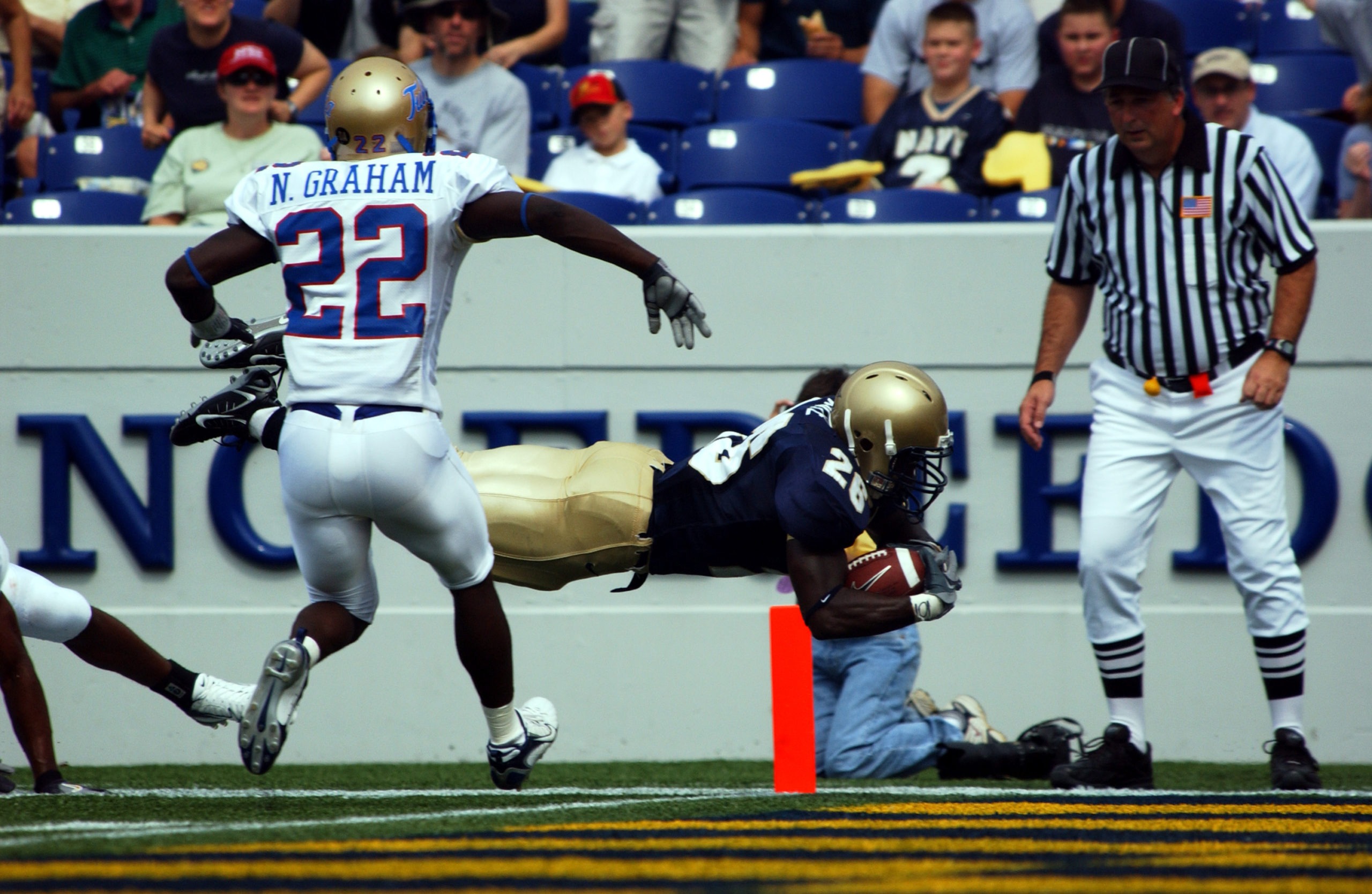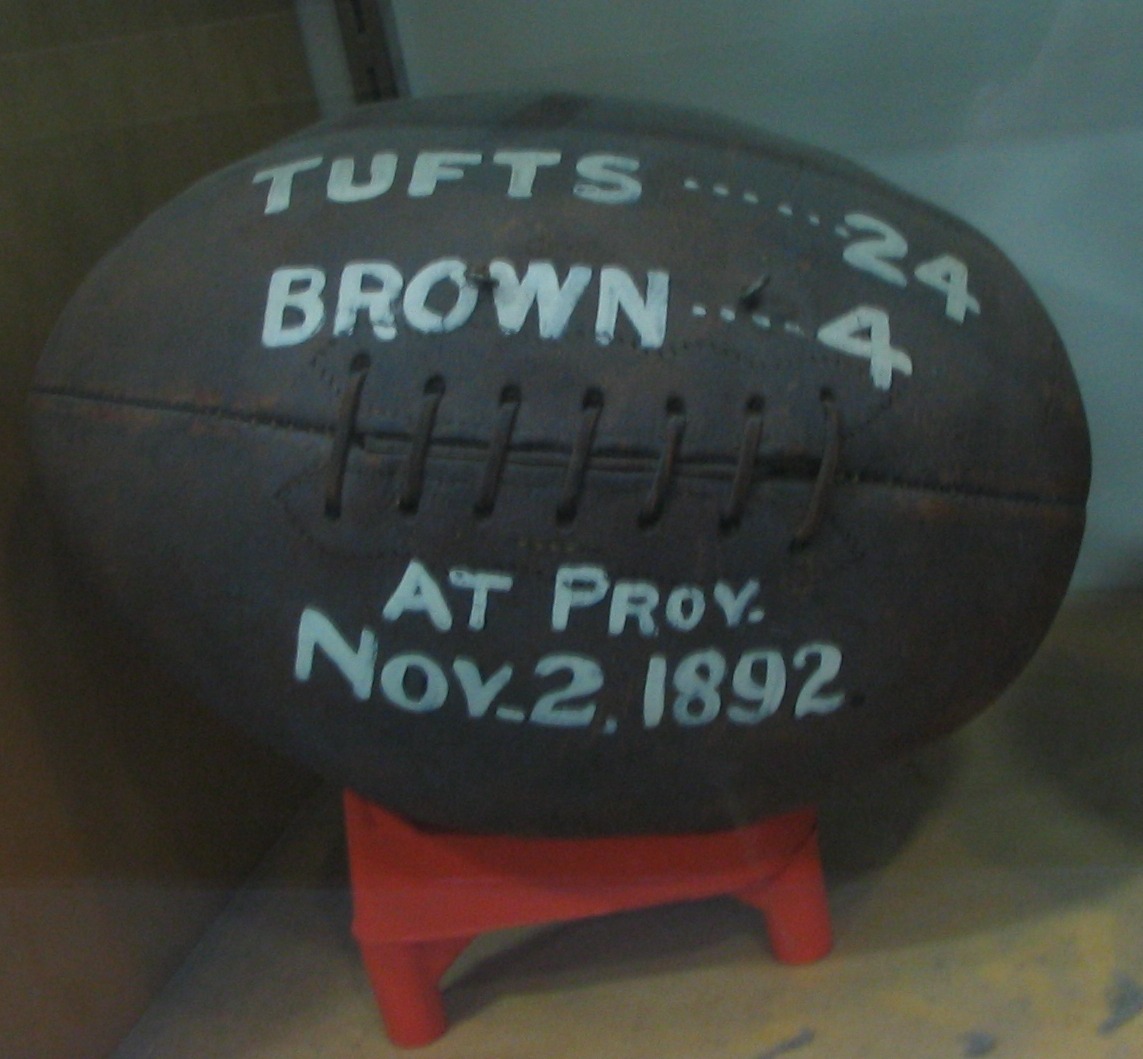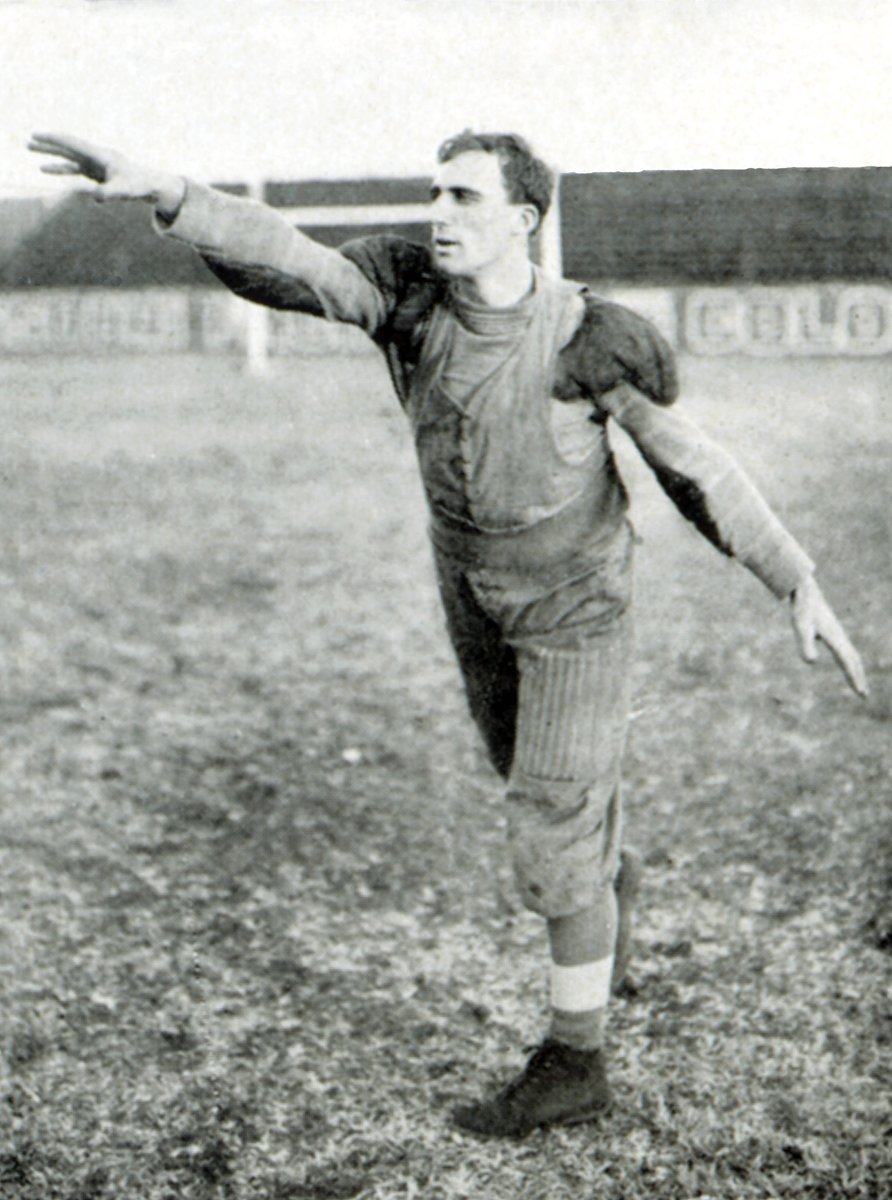You watch football, you play football, but have you ever wondered why a football looks the way it does in the first place? This prolate spheroid ball wasn’t the same back then as it is now – it was much different. American football has a rich history, and its shape has been modified several times up till now.
The sport was evolved in the 19th-century collegiate system in North America by combining rugby and soccer. You wouldn’t believe, but the first American footballs that northeast colleges used were made out of inflated pig bladders due to their semi-round shape, durability, and easy accessibility. These were also known as pigskin balls and were used in the free-for-all games between sophomore and freshman men.
In order to increase the lifespan of the ball, the pig bladder was encased in calfskin, sewn together, and laced tightly through eyelets to seal them up.
According to every American-football coach, if the ball is loose in the field due to a fumble, a player shouldn’t pick it up. Instead, he should fall on the ball to grip it tightly. But the players who don’t follow these instructions, realize what they did wrong later when the ball bounces and gets out of their reach. If you want to read more you may visit ufakick.
Maybe the shape has intentionally created this way to frustrate these over-confident players. But the truth is that American football’s shape is an evolution of history more than design.
History and Evolution of Football
In the early days, when football didn’t have the rules that are applicable currently, it was quite a different game, or perhaps games. Before Charles Goodyear made good use of rubber, balls were made of pig bladders due to their durability and round shape. Back then, the laces were used to cover the inflated pig bladder tightly, so it doesn’t blow up during the game. But if we compare the usage of laces in today’s balls, these are not used for closure. Instead, players use them to grip the ball better.
So, we can say that they pretty much kept the aesthetics of the ball same without doing much changing, except working on its shape and roundness. However, the biggest downside of using pig bladder footballs was that their shapes varied from game to game because not every inflated bladder was of the same size.
A tale of rumors from the inter-collegiate football game between Rutgers and Princeton (1869) suggests the shape of the ball evolved from round to oval due to physical exhaustion. These two teams had to stop their match several times just to reflate the bladder by reopening the leather encasing. The players got so weary of this effort after several stoppages that they decided to continue playing with the semi-deflated ball, which resembled more of an oval.
In 1905, the forward pass was introduced and added to the rules due to increased fatalities and injuries throughout many collegiate games. It was introduced in a meeting between St. Louis University and Carrol College.
The forward passes weren’t embraced and perfected until in 1907 when Pennsylvania’s Carlisle Indian Industrial School’s coach, Pop Warner did it, paving the way to make the system of passes a dominant factor of the game that we know today.
However, the first person known to throw the first legal forward pass in the history of American football was Bradbury Robinson. He did it on 5th September 1906, during the game at Carroll College in Waukesha, Wisconsin.
This success of the passing game forced football creators to make the ball more aerodynamics so it can be passed easily in the thrown direction. Later, when the changes were made, and the ball took on its prolate spheroid shape, it was much easier for the players to grip the ball with one hand and throw a perfect spiral. The inner pig bladder was replaced with vulcanized rubber, but still, its encasing remained the same.
In 1941, the official football that was used by National Football League (NFL), was nicknamed to “The Duke”, named after Wellington Mara, whose father named him after the Duke of Wellington. This nickname plays a significant role in establishing a solid relationship between Wilson Sporting Goods and the NFL. The Wilson Sporting Goods Company has produced the official football of the NFL for more than 70 years.
The ball was called The Duke until 1969 when professional football reorganized. But again in 2006, NFL renamed the official game ball to “The Duke” in honor of Wellington Mara passing away in 2005.
So, how are the balls made?
The official football of NFL is made by Wilson football factory in Ada, Ohio. The factory isn’t automated – as all the official game balls are handmade by about 120 employees. The leather used to make the ball is sourced from cowhides from Nebraska, Iowa, and Kansas – it is then tanned with the company’s “Top Secret” football tanning procedure.
It is made up of four pieces of stamped leather and a synthetic bladder. The ball has a pebble grain texture for enhanced grip and increased friction. The encasing is also hand-laced with a single piece of vinyl without any knots. The Wilson Sporting Goods factory produces about 4,000 footballs each day.
Standardization of Football Size and Shape
As we already know that the irregularity of the earlier football’s size was due to the pig bladder, this created a lot of mess back then during the games. But now, all this have been taken care of by standardizing the ball’s shape and size. The dimensions of the official game ball for both NFL and NCCA are:
- 11 to 11.5 inches along the long axis (tip to tip)
- Circumference around the center of the ball is 28 to 28.5 inches
- Pointing ends of 20 ¾ to 21 ¼ inches
- Weighing 14 to 15 ounces
Despite this standardization, NCAA has the option of using a slightly smaller football, but the difference is so little that a normal person can’t easily tell. Also, NCAA teams can choose the ball they want to use. Wilson’s collegiate footballs also have a white strip on their top ends to increase the visibility during night games.
Up until the 1950s, all the balls that were used in the night games were white because there wasn’t much advancement of stadium lighting back then, and white game balls increased the visibility.
Conclusion
From the earlier pigskin footballs made by pig bladder to a standardized official game ball made up of leather and synthetic rubber, the football game has changed a lot in many terms. Though the earlier American football was referred to as pigskin, history tells that the ball was never made of the skin of the pig nor its original shape was intended to be a prolate spheroid. Since a lot has changed in football, the only thing that still remains, and will remain the same, is the fun of watching and playing it!




